If you are someone who frequently uses digital PDF sewing patterns, you might have noticed that it can be quite a task to organise them. It’s common to store them in a pile or a corner of your sewing room, making it difficult to find the required ones. However, there are some effective and cost-efficient ways to keep your workspace organised. In this post, I’m sharing 10 sewing pattern storage ideas to help you keep your space organised.
To start, I recommend that you should organise your PDF pattern files into a folder on your computer. This step will help you avoid losing any essential information that you might need later. It is frustrating to realise that you need to reprint a pattern piece, but I can’t find the pattern file anywhere. It’s a good idea to create a folder on your computer named ‘Digital Sewing Patterns’ and store all your files in it.
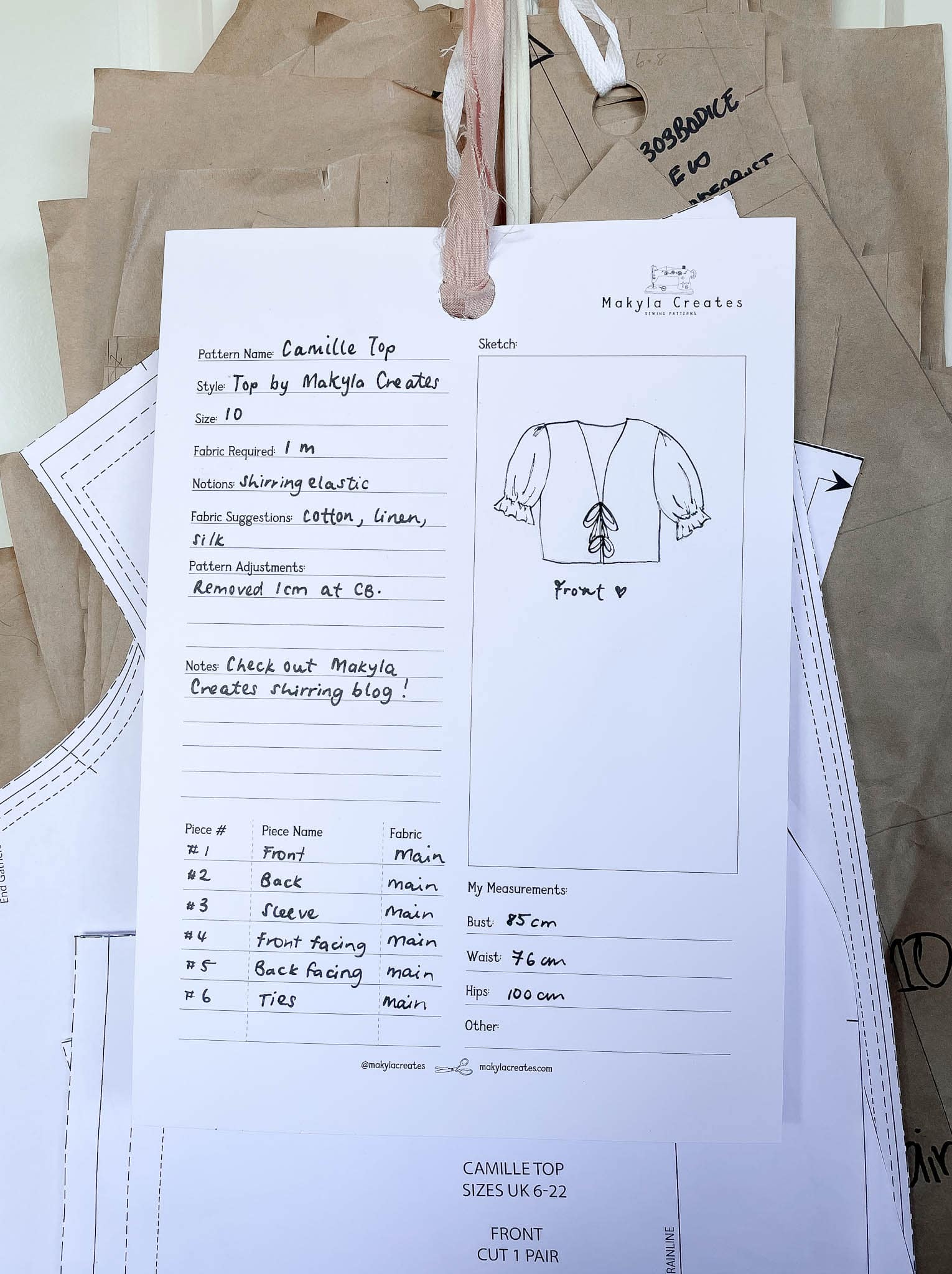
Another useful tip is to make an account on a cloud storage service like Google Drive, OneDrive, Apple iCloud, or Dropbox and upload your pattern folder. This way, you can access your patterns from any device, which could be convenient if you need to print a pattern from a shop nearby.
Once you have stored your digital files in a safe place, it’s time to focus on how to store printed PDF sewing patterns. There are various ways to do this, and you can choose the one that suits you the best.
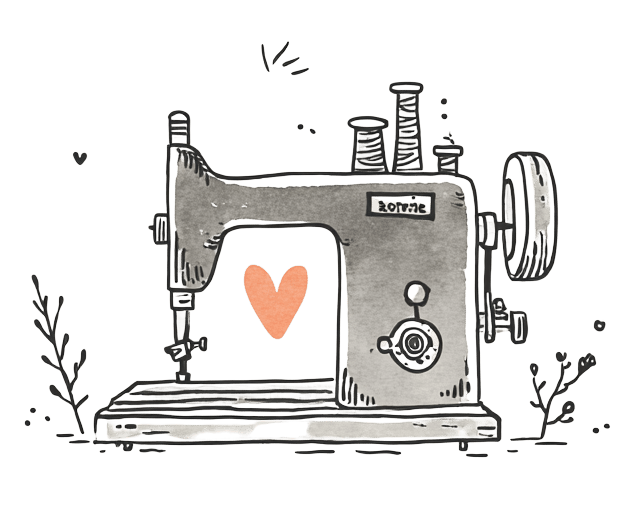
Love to sew and want more inspiration?
Join my sewing community for simple projects, helpful tips, and a little creative encouragement delivered straight to your inbox. You’ll also get occasional free downloads and my favourite product finds to make sewing even more enjoyable.
As an Amazon Associate, I earn from qualifying purchases. Read my full disclosure here.
Pattern Record Card
Visit our Etsy store to purchase your copy of the updated Pattern Record Card. Or download the free old version here.
10 Sewing Pattern Storage Ideas
1. Pattern Hooks
During my time at fashion school, we used to store our patterns on a clothing rack with metal hooks. I still use this method to store my card stock sewing patterns. If you have extra hanging space in your wardrobe, you can keep your patterns behind your clothes to keep them out of sight and unwrinkled.
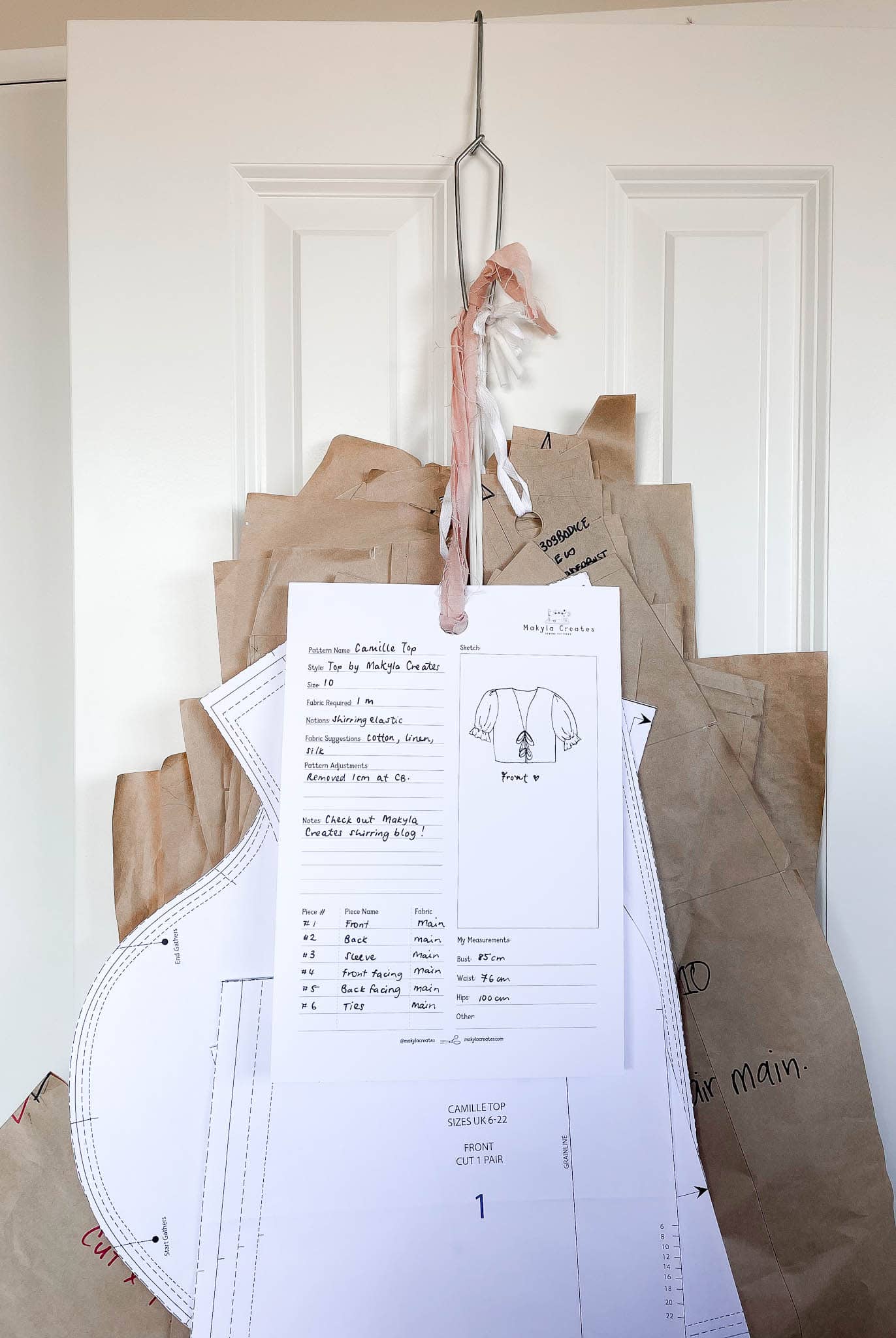
To store the patterns this way, you would need to purchase hooks and a large hole punch to cut into the patterns. I prefer to tie each set of patterns with ribbon and hang them around the hook. This way, I can easily remove groups of patterns to get to the one I need instead of removing individual pattern pieces.
You can purchase pattern hooks and a large hole punch to cut into the patterns. I use a scrapbooking hole punch, which works great. You can get large hole punches made for cutting through multiple pattern pieces at a time, but they are more expensive. We called them ‘bunny ears’ at fashion school.
You can also print out the first page of the pattern and hang it in front of the pattern pieces so that you can quickly identify the pattern you need. You can either hole-punch the paper or use a clear file to attach it to the pattern hooks. I recommend using the clear file option as it is less likely to rip off the pattern hooks.
Additionally, you can print out our free pattern organising card, which is handy for writing all the pattern information. This PDF can be printed using your home printer and will have the best longevity when printed onto cardstock. There is a circle at the top, which can be hole punched or cut out, then hung onto the pattern hook.
2. Clip Hangers
Did you know that you can use clip hangers from your wardrobe or the dollar store to hang your patterns? This is a great option if you already own spare clip hangers – it won’t cost you a penny!
All you need to do is combine your pattern pieces and clip them onto a hanger. Make sure to print out your pattern instruction page so you can quickly see the pattern when you’re looking through your collection.
Tip: You could even combine storage ideas 1 and 2 by using clip hangers instead of buying pattern hooks. This will save you money and keep your patterns organised at the same time!
3. Clear Files in a Folder
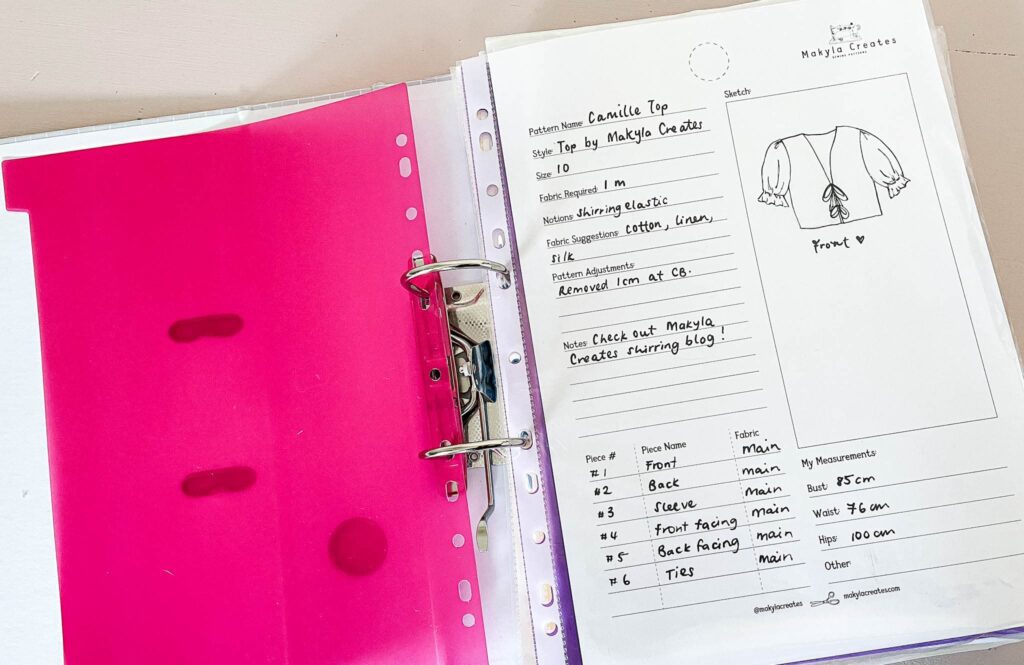
This is a great way to store your patterns if you have limited space for hanging them. You can use clear files to fold each pattern neatly and slide the corresponding pieces into the file. Label the sleeve with the pattern name or print a picture of the style. Then, you can put each clear file into a binder book and organise the patterns by style or brand.
You could also print out our free pattern organising printable and insert it into the front of the clear file along with all the pattern details.
File organisers can be used to categorise the patterns by style or brand, making them easy to find. For example, you can categorise them as top patterns, pant patterns, or brands.
I’ve stored my home-printed PDF patterns this way, and it has been the easiest option for me. I already had the folder and clear files on hand.
Tip: To add some sturdiness to the files, insert a piece of cardstock into the clear file before putting in your pattern pieces.
4. Large Envelopes
If you’re looking for a budget-friendly option, you can use large envelopes. It’s better to opt for larger envelopes because the paper weight of the printer paper is thicker than the usual tissue paper patterns. You can print out the pattern and attach it to the front of the envelope.
5. Pattern Storage Boxes or Baskets
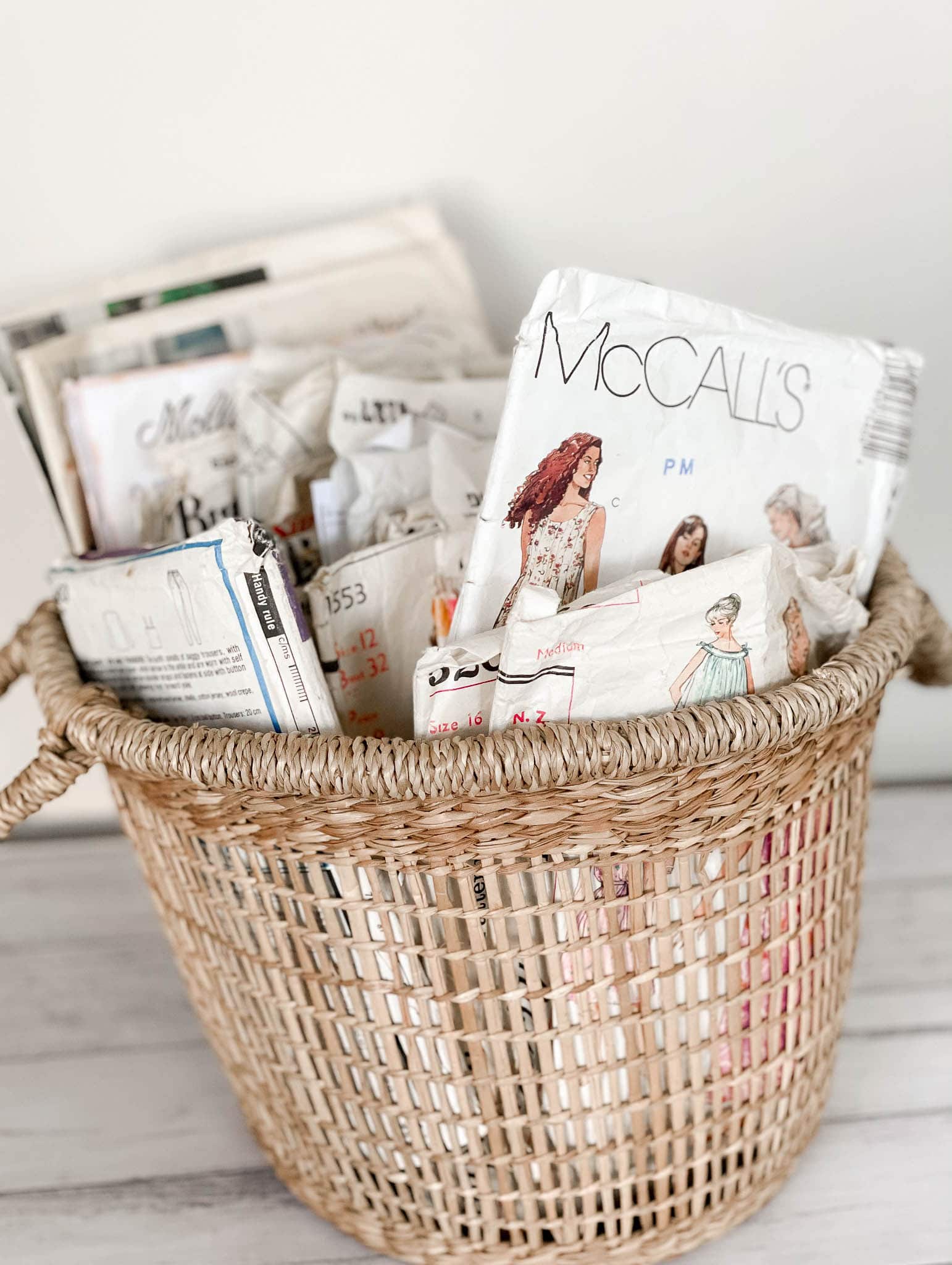
Find some cute boxes or baskets to store your sewing patterns. I like to use seagrass baskets to store my vintage sewing patterns because they’re pretty.
You could also find storage boxes with lids that can stack on top of each other. Label the front so you know what patterns are in each storage box.
Tip: Wrap some vinyl around an old shoe box to match your sewing room vibe!
6. Manila Folders
A cost-effective and easily accessible option to store your sewing patterns is to use manila folders, which can be found at your nearby stationery store. To avoid any mishap, it is recommended to fold each pattern neatly and secure it with a clip or rubber band around the folder. These folders can then be stored in a magazine holder, concertina box or a box for easy management.
7. Concertina File Box
Let’s not forget about these old filing devices! My mom used to store bills in them once upon a time. However, they can be super helpful for organising sewing patterns.
Each pocket can store a pattern or an envelope filled with sewing patterns. You can write on the tabs to label and quickly access your patterns.
8. Roll Your Patterns
Sometimes, I prefer to get my PDF patterns printed at a stationery store, but it can be expensive. That’s why I like to trace off my pattern from the A0 print and keep it rolled up in a basket. I use cute ribbons or fabric offcuts to tie around the ends and keep it secure.
This method allows me to create a toile of the pattern and verify that the size is correct. Additionally, I can easily modify the pattern by creating tracings instead of printing multiple copies.
If you have enough space in your sewing room, I recommend using a cute basket to store all your rolled patterns.
9. Zip Lock Bags
Zip-lock bags are a great storage solution. You can use them to store different patterns and label them with stickers or a felt pen. It’s recommended to find the ones with the sliding top instead of snap closing, as the latter can be annoying to close.
For storing the zip lock bags, you can use boxes or baskets as mentioned above. This will help you keep your storage organised and easily accessible.
10. Magazine Holders
Store your sewing patterns using magazine holders. You can use envelopes, zip lock bags or clear files and place them into magazine holders for easy organisation and storage on a shelf or under your workspace.
When it comes to storing your sewing patterns, there are tonnes of clever and affordable ways to do so. If you’re struggling to get your patterns organised, we recommend using our free printable to help streamline the process. This handy tool will enable you to categorize your patterns and label them, accordingly, making it easier to find what you’re looking for when you need it.
If you have any unique or creative ideas for storing sewing patterns that you’d like to share with the community, we’d love to hear from you! Please feel free to drop your suggestions in the Comments section below and help others find new and innovative ways to store their patterns.

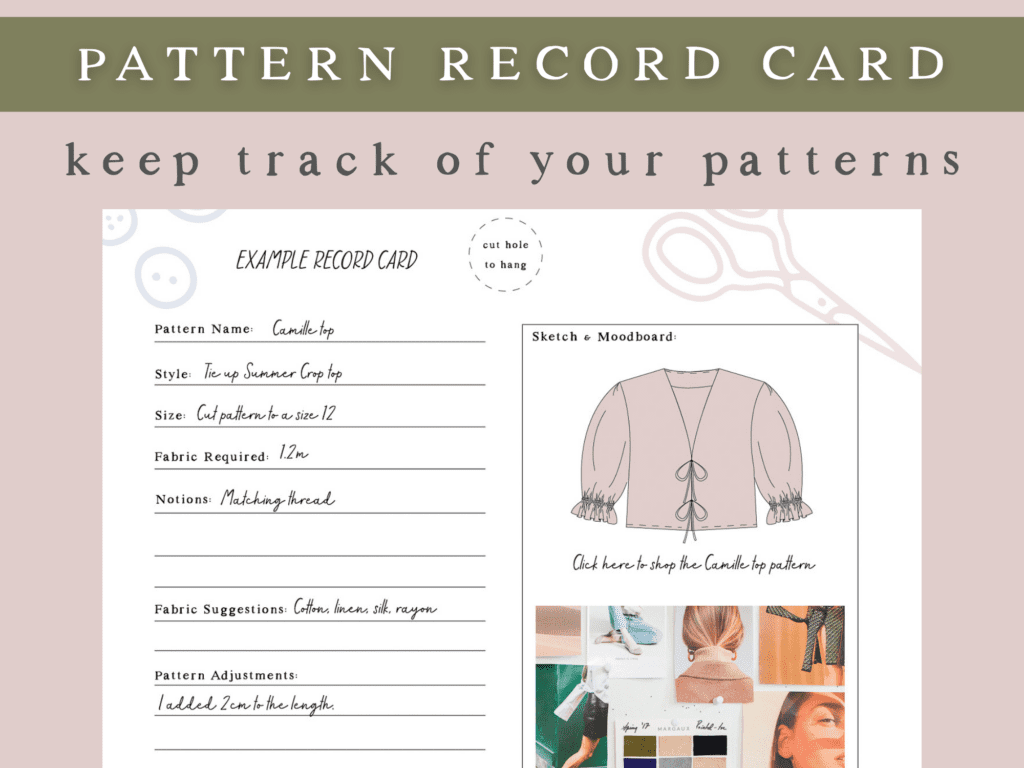
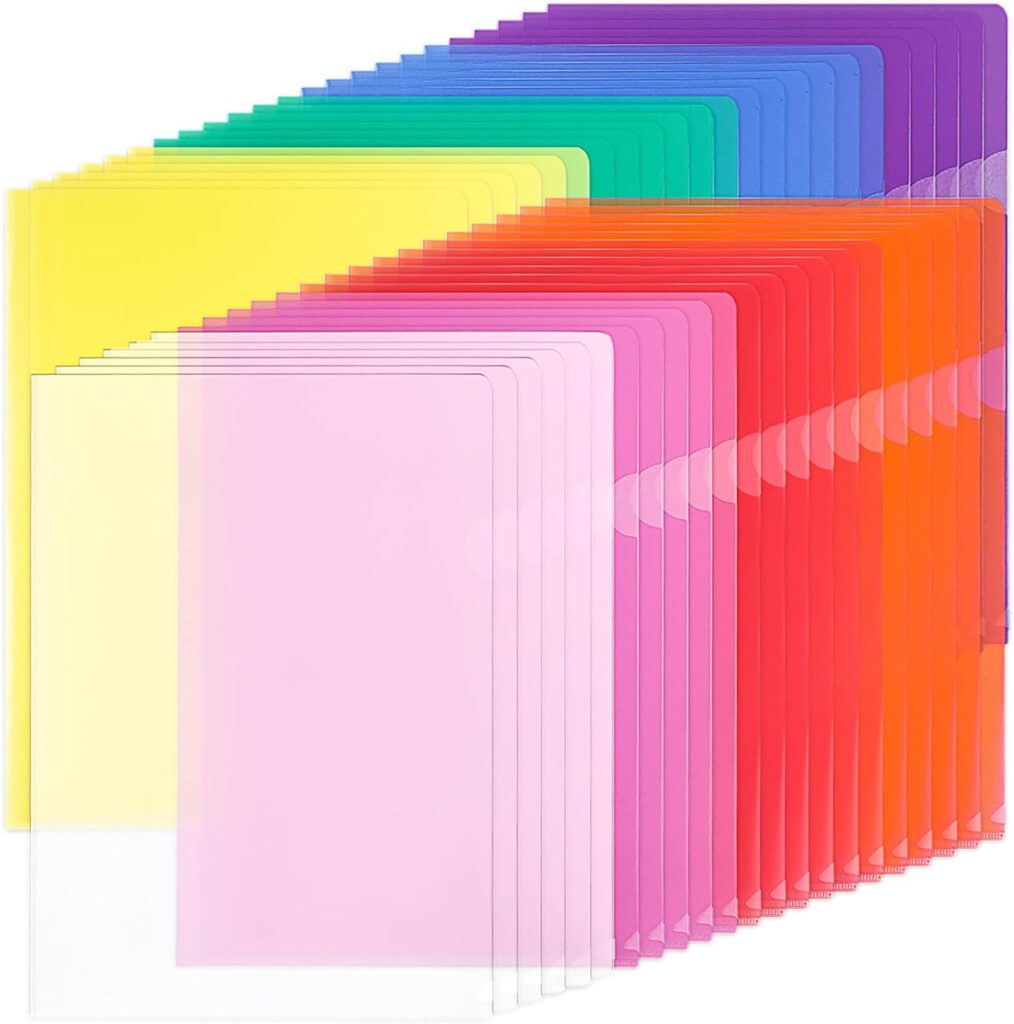
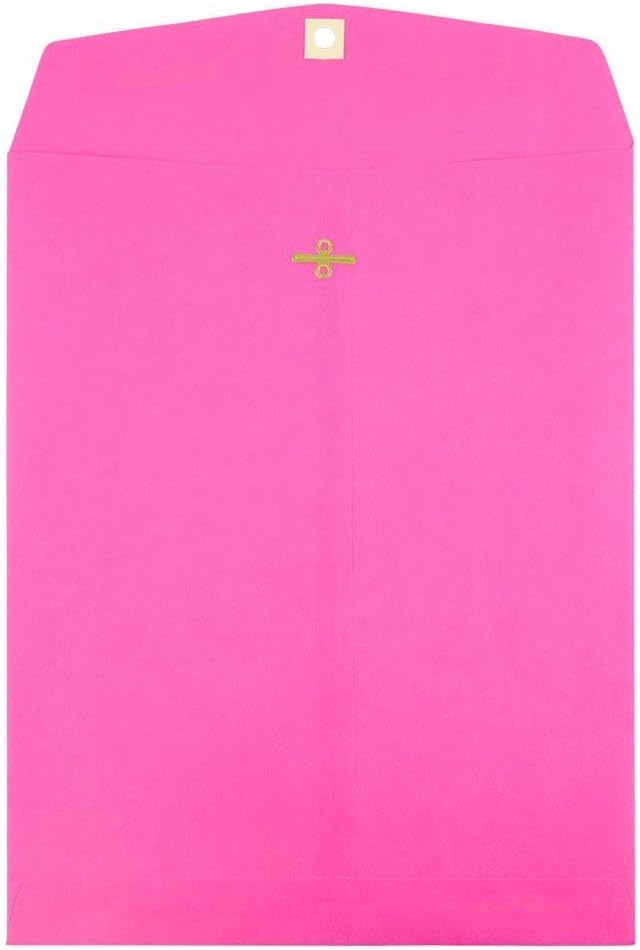
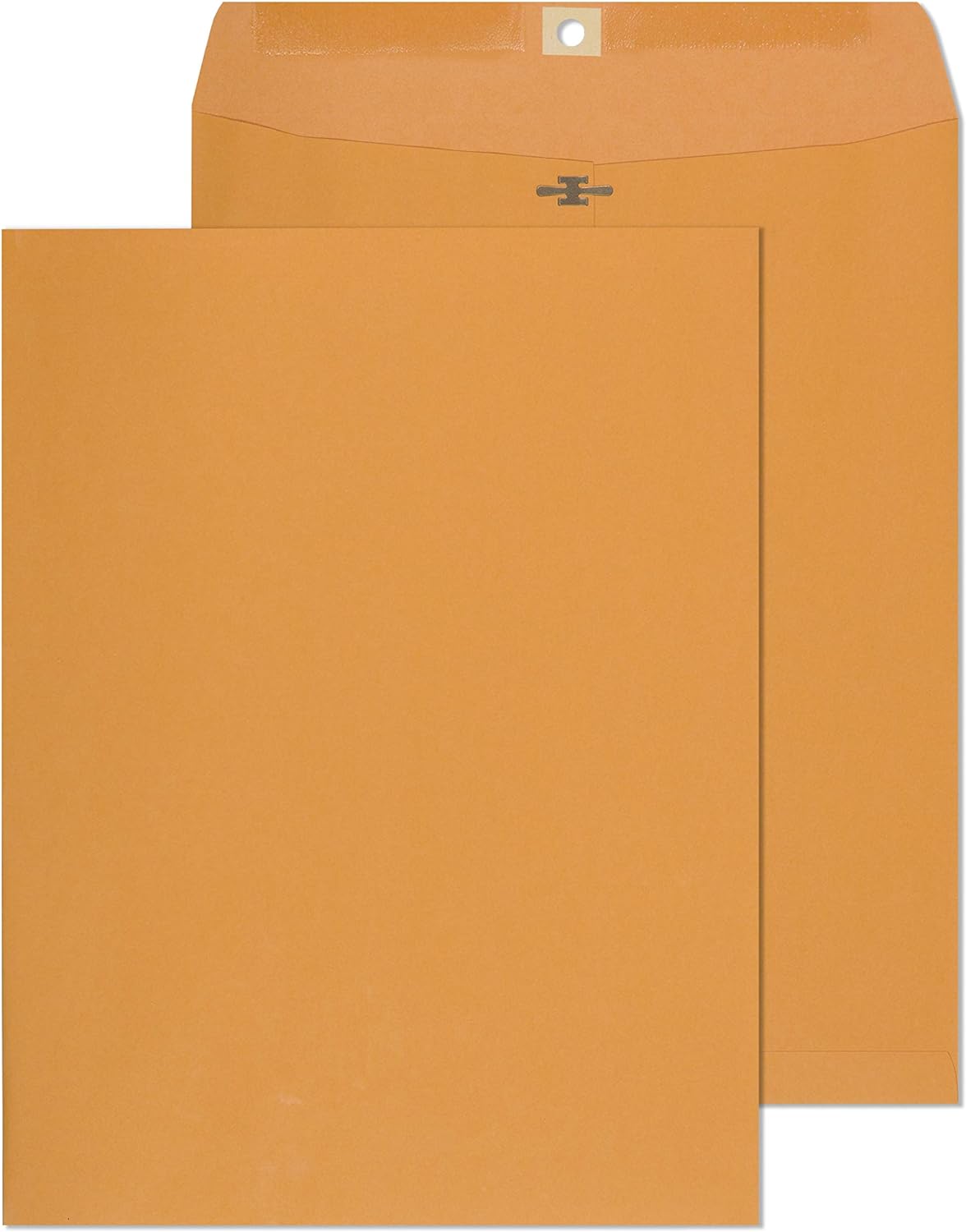
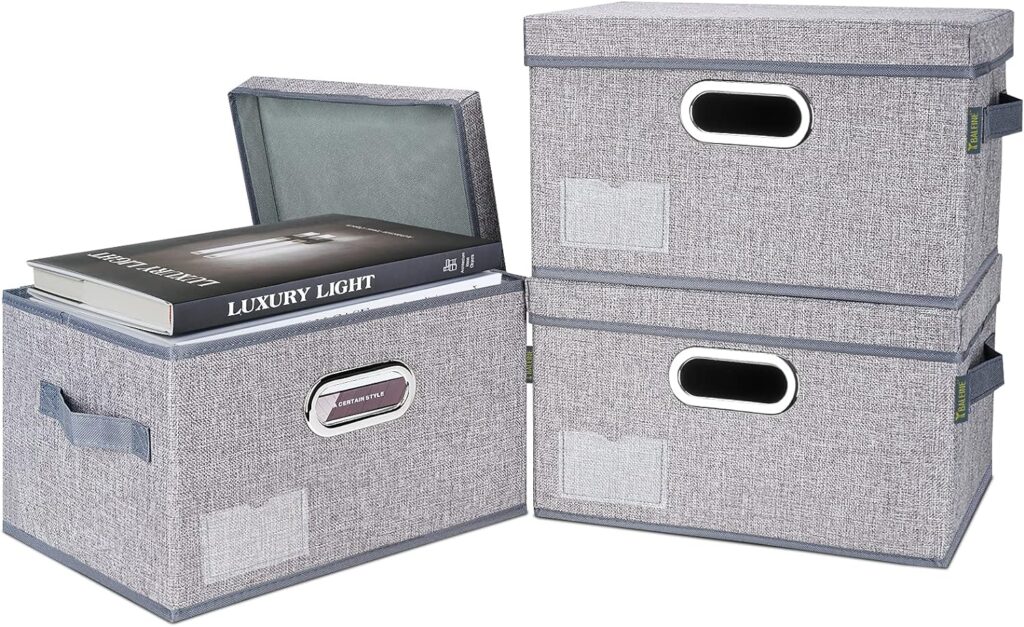
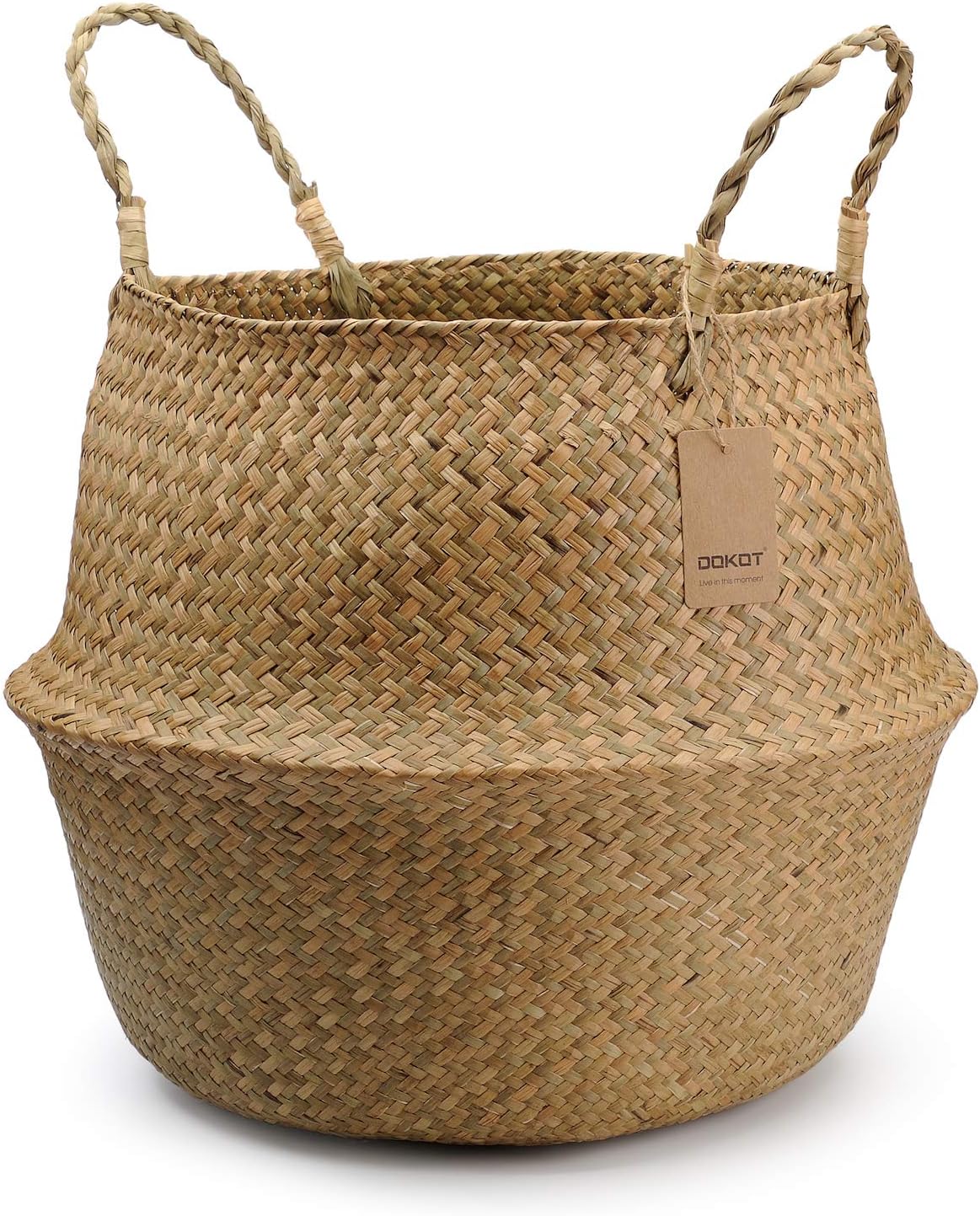
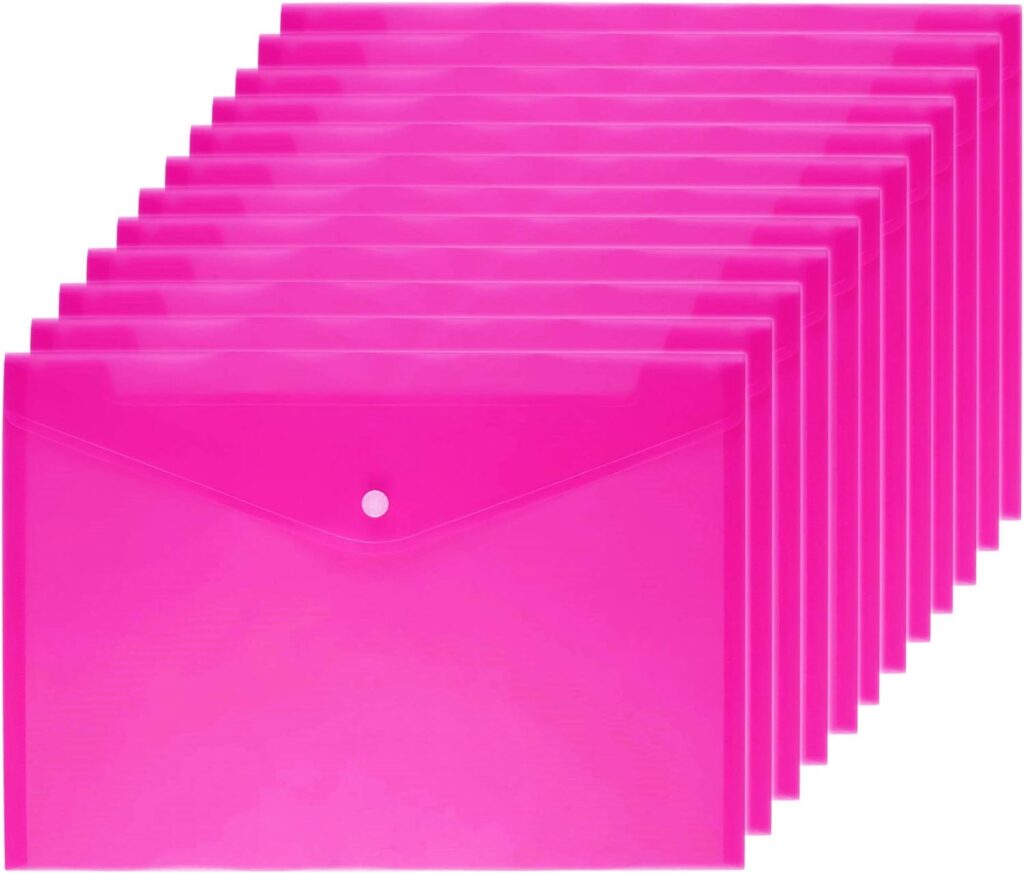
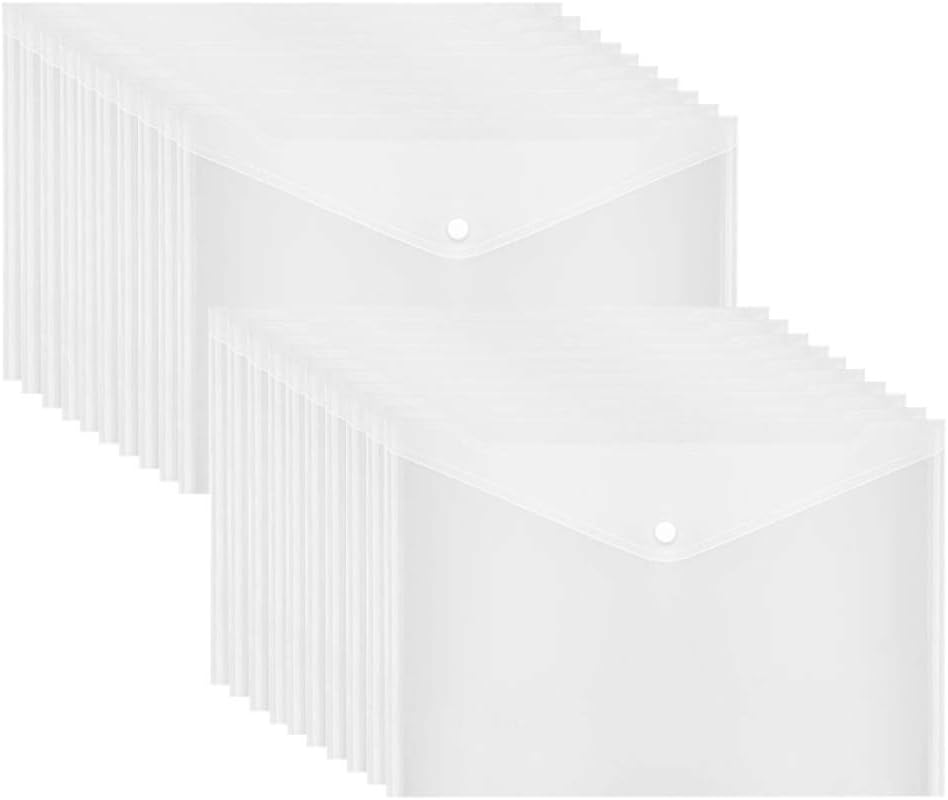
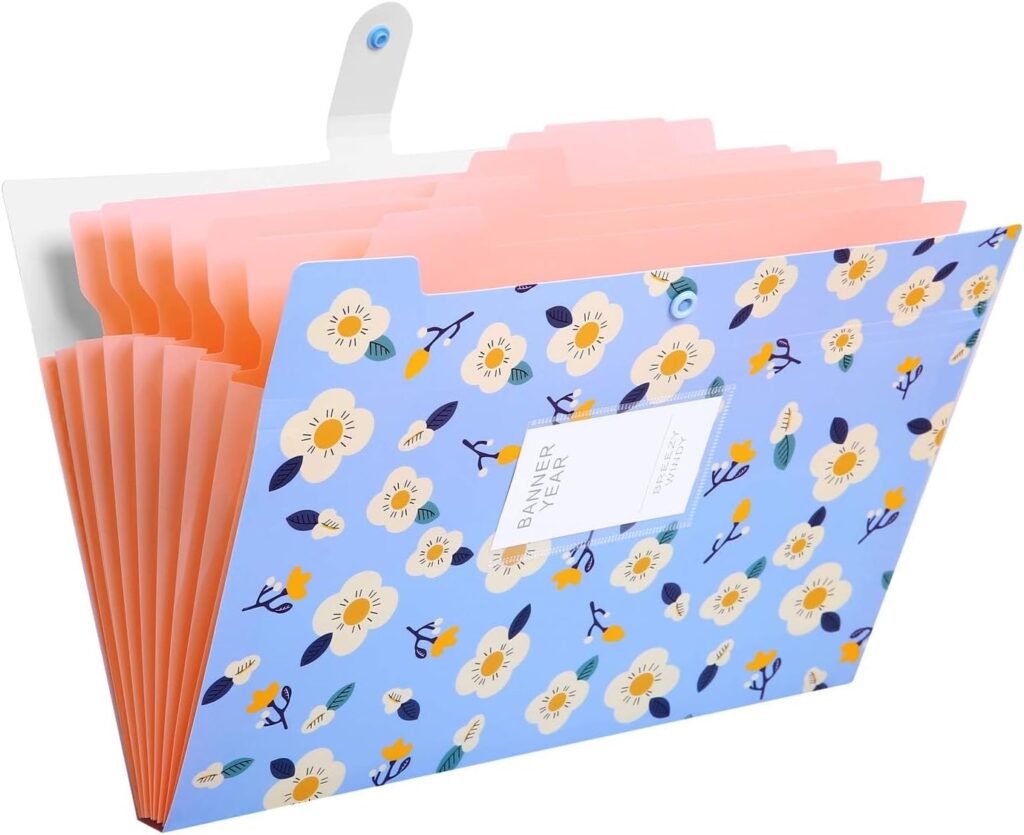

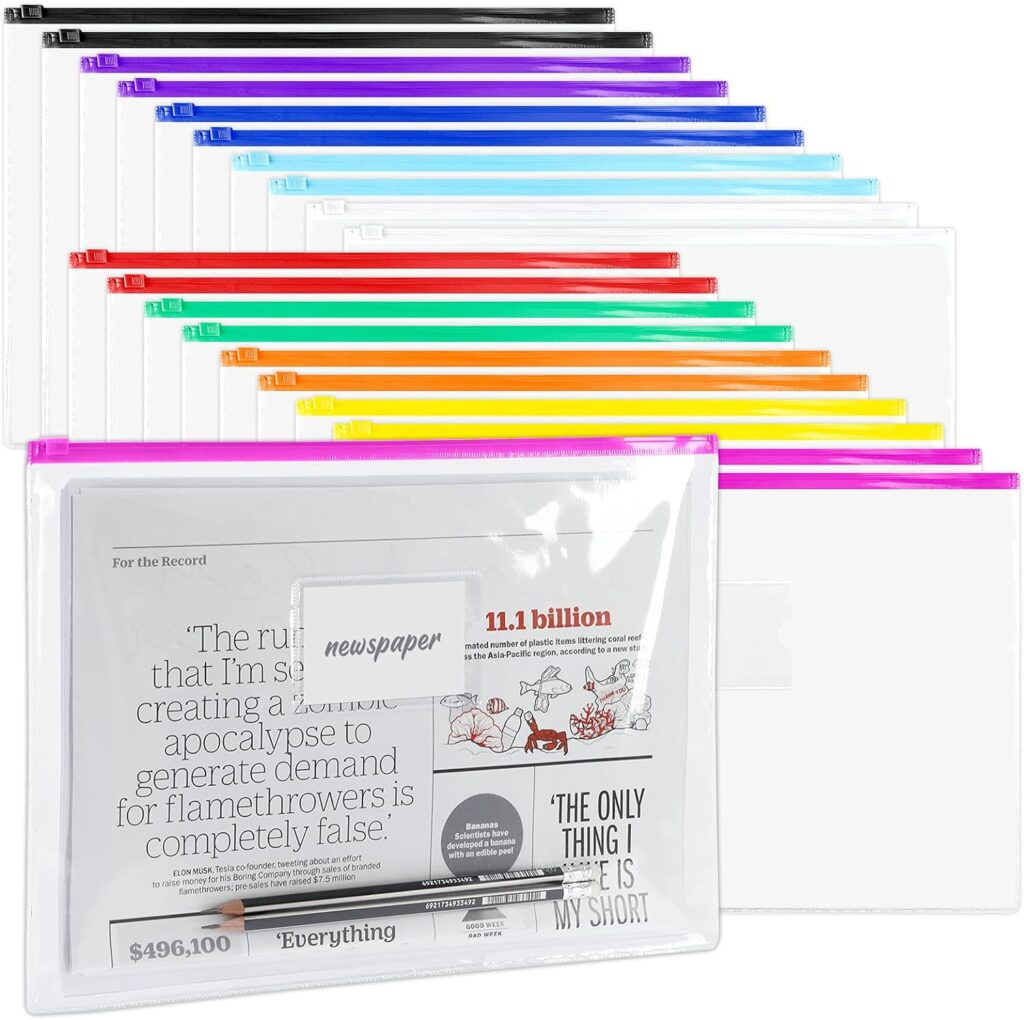

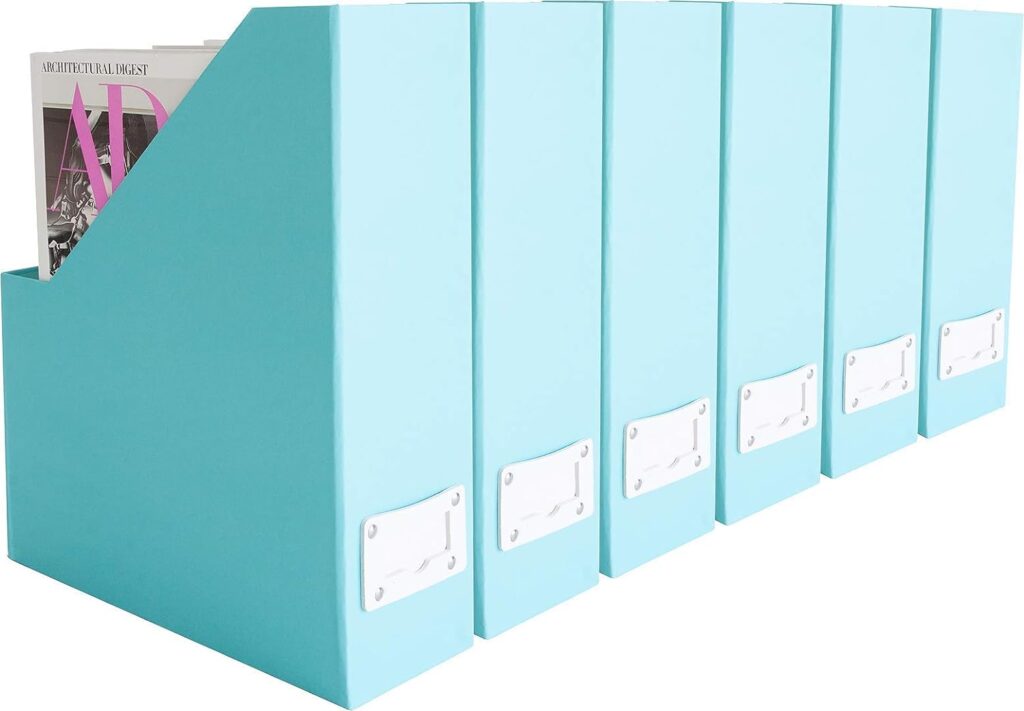
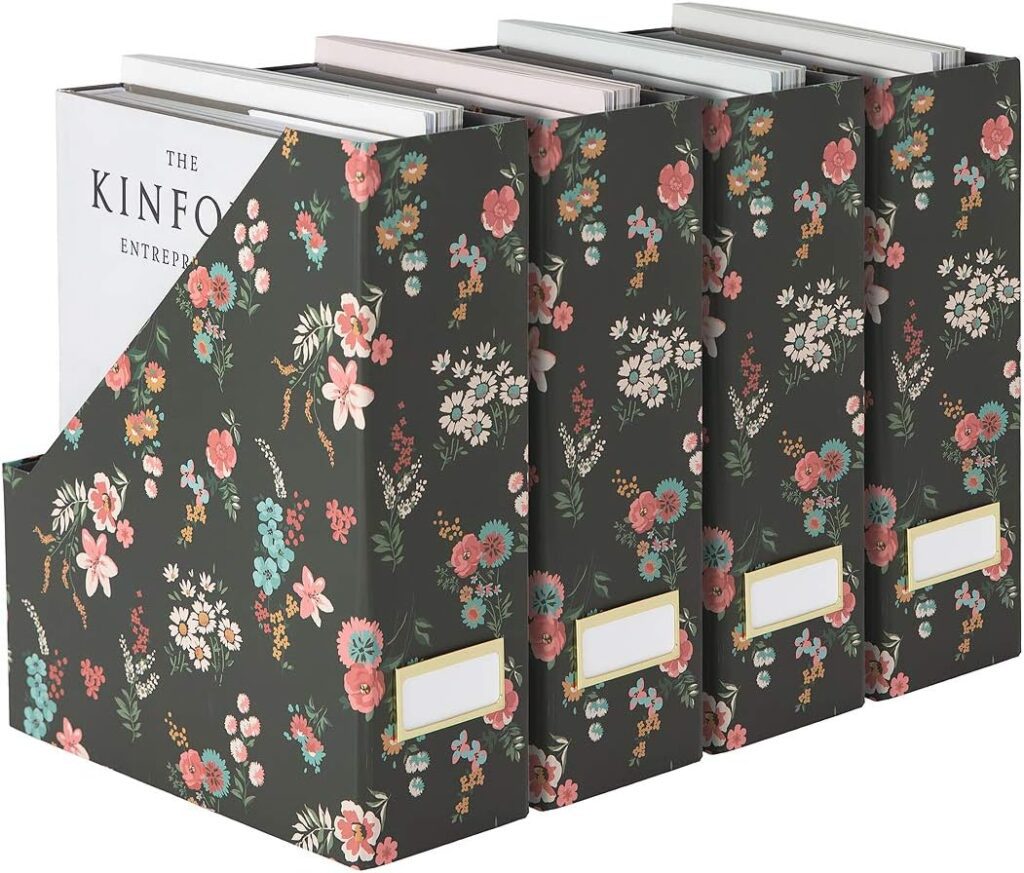



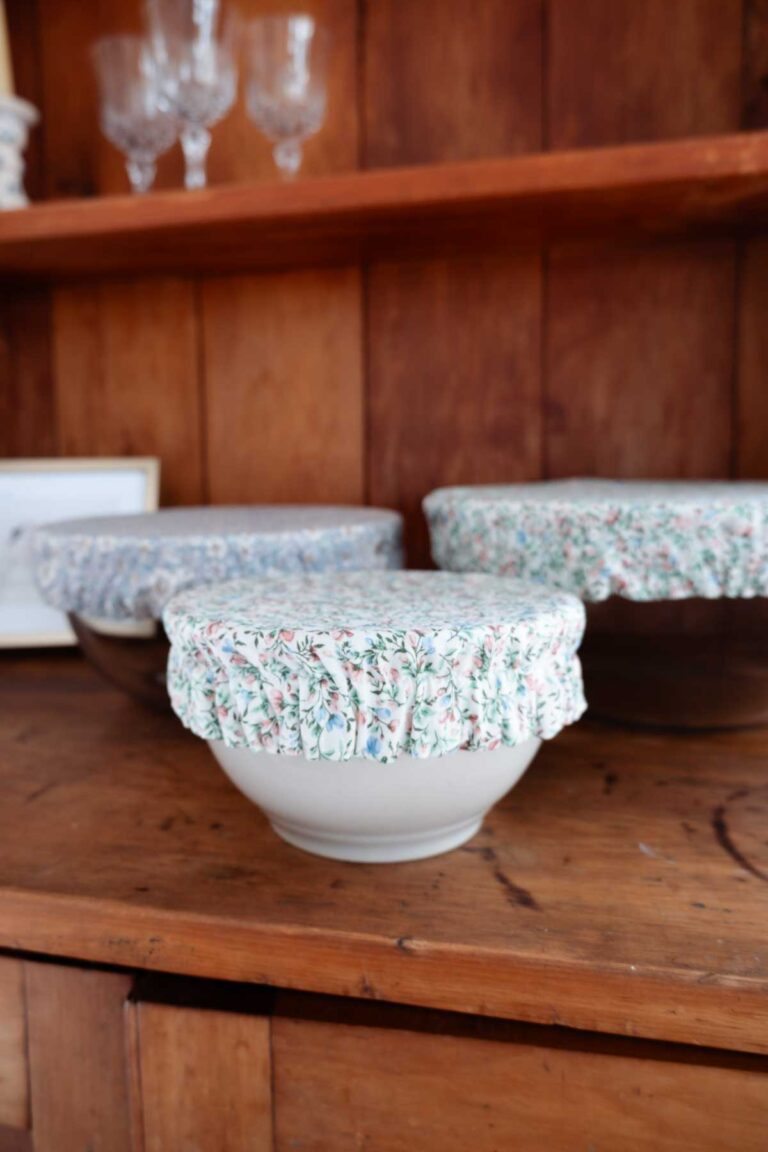

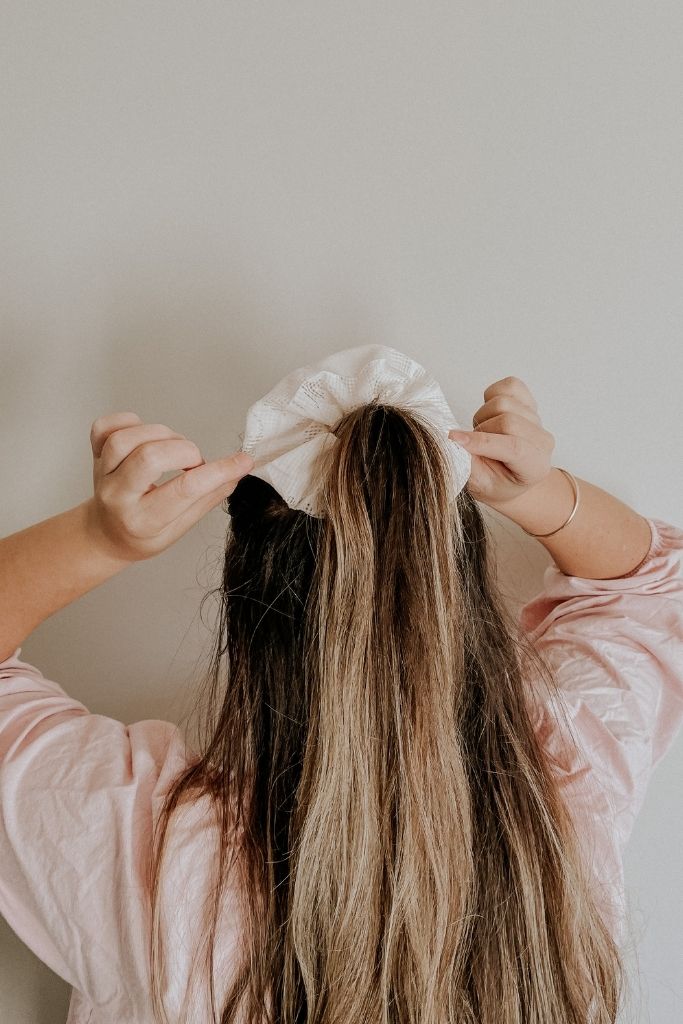
The unused space under your bed!
I’ve battled with storage for patterns for years, recently I realised the space under my bed (bed and base – so not very high) is the perfect spot for large patterns to be stored without being folded or damaged. Perhaps just a bit of dust but this depends how often I get them out to use!
That is such a clever idea, Laura! Thanks for sharing. I never think of under my bed, but I will be utilising it in the future xx
Where have you found the hooks that you use to hang your patterns? I havent been able to find them. When I search S hooks, I get a variety of other kinds of hooks but not those specifically. The link you have attached to the “hook” suggestion, doesnt work. Takes me to amazon but it says that page is no longer available.
Thanks!
Hi Mariela, Sorry that the link was broken. I have update the link to head to the correct pattern hooks. It should work for you now – if you still have trouble try searching ‘pattern hooks’ and they should come up for you. Thanks!